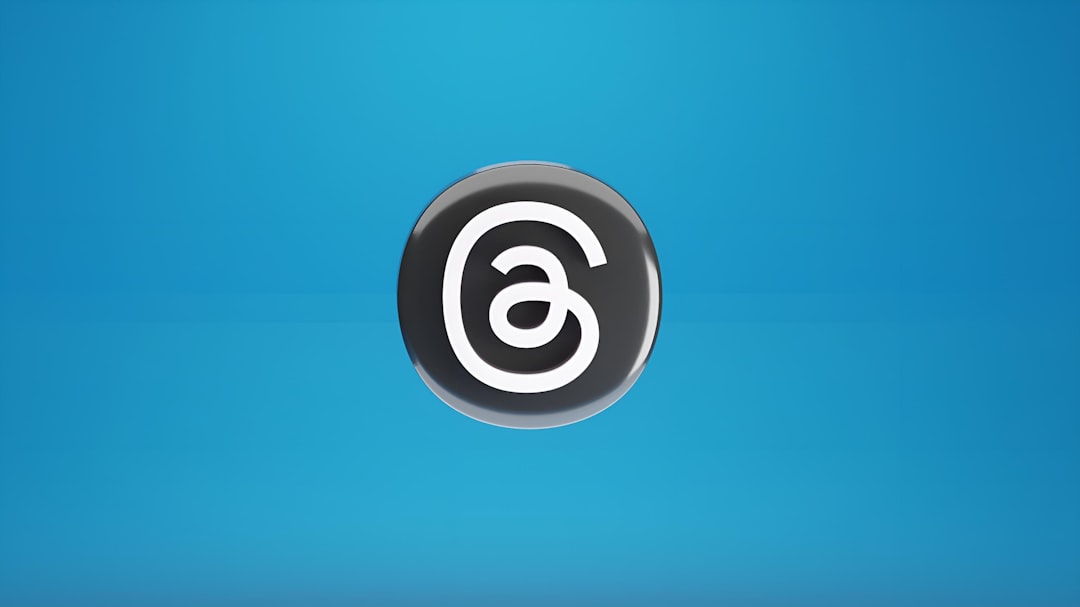Email marketing remains one of the most powerful tools in digital marketing, capable of delivering impressive ROI, fostering relationships, and driving conversions. However, there’s a fine line between nurturing leads and spamming them. When brands cross that line, they risk damaging their reputation and losing hard-earned subscribers.
A strategic email nurture campaign doesn’t rely on sheer volume of sends. Instead, it prioritizes *value, timing,* and *relevance*. In this article, we explore how brands can build trust with email subscribers through intentional tactics that avoid sounding like spam while still achieving their business goals.
The Purpose of Email Nurturing
Table of Contents
Email nurture sequences are designed to guide leads through the buyer’s journey. From initial awareness to eventual decision-making, each email plays a role. When done right, these campaigns:
- Build trust and rapport
- Educate the reader about products or services
- Offer timely and relevant content
- Demonstrate understanding of the customer’s needs
Bad email marketing, on the other hand, blasts out generic content to anyone and everyone — often urging action too soon or lacking personalization. It feels robotic and interrupts, rather than invites, engagement.
What Makes an Email Feel Like Spam?
Here are a few reasons recipients may classify a marketing email as spam:
- Irrelevant Content: Emails not aligned with the subscriber’s interests or intent.
- Too Frequent: Bombarding inboxes with daily or multiple emails per day.
- Lack of Personalization: Generic messages that feel mass-distributed.
- Deceptive Subject Lines: Misleading phrases that overpromise or bait-and-switch.
- No Clear Value: Failing to offer anything helpful or actionable.
When emails fall into one or more of those categories, not only are open rates reduced, but users are also far more likely to hit “unsubscribe” or flag messages as spam. This teaches inbox providers to deliver fewer of your emails in the future — a tough cycle to break once it starts.
Best Practices for Non-Spammy Nurture Sequences
So how do you nurture email subscribers in a way that keeps them engaged and drives action — without irritating them? Below are approaches that separate value-driven campaigns from spammy ones:
1. Segment Your Audience
Not all leads are created equal. Some are new to your brand, while others may be on the verge of purchasing. *Segmenting* your audience by factors such as behavior, interest, and lifecycle stage allows you to send highly relevant content.
Examples of segmentation include:
- New subscribers
- Past customers
- Abandoned cart users
- Webinar attendees
- Industry or company size
This approach allows tailored messaging, ensuring users only receive emails that resonate with where they are in their journey.
2. Personalize Beyond the Name
It’s not enough to just include the recipient’s name in an email anymore. True personalization goes deeper — such as recommending blog articles based on past reads, or products based on browsing behavior. Use data to make interactions meaningful.

For example, a fitness brand might send different workout routines to subscribers based on whether they signed up for weight loss plans versus muscle-building programs — even if they joined from the same landing page. That’s smart nurturing.
3. Add Value Before You Pitch
Start with service before sales. Providing authentic help builds trust, which makes future pitches more welcome. During the first few emails of your nurture series, focus on educating, entertaining, or solving a problem relevant to your audience.
Great value-based content could include:
- Case studies or success stories
- How-to guides or demos
- Industry news or updates
- Free tools, templates, or checklists
Once the trust is earned, your audience is more open to hearing about your offers — but only if it’s timed properly.
4. Respect Frequency and Timing
Emails that come too often can fatigue and frustrate your audience. But if you wait too long between messages, users may forget who you are. Base your cadence on performance data and user engagement trends.
To find the right timing, consider:
- Open rates by send time and day
- Unsubscribe rates per sequence
- Behavior after previous touches
Also, use automation to pause or adjust workflows when someone becomes disengaged — or use reminders only when it makes logical sense.
5. Use Clear Calls-to-Action (CTAs)
Each email should have one clear — not pushy — action for the reader to take. A good CTA is aligned with the email’s message while making it easy and low-pressure to respond. Examples:
- “Explore the guide”
- “Try the calculator”
- “See a demo”
- “Reply with your challenge”
These types of CTAs feel like invitations, not demands, leading to better engagement and less perceived spam.

6. Make It Easy to Unsubscribe
This may sound counterintuitive, but the ability to easily unsubscribe actually builds credibility and improves list quality. Keeping people who don’t want to hear from you only hurts your sender reputation over time.
Use a simple unsubscribe link at the bottom of each email, and consider offering options like:
- “Only email me once a week”
- “Pause emails for now”
- “I’m not interested in [topic]”
This ensures your list stays engaged, targeted, and healthy — the cornerstone of non-spammy nurturing.
Monitoring and Improving Over Time
A non-spammy email nurture sequence is never “set and forget.” Marketers must regularly assess metrics and adjust accordingly. Key performance indicators (KPIs) to monitor include:
- Open rate
- Click-through rate (CTR)
- Unsubscribe rate
- Conversion and revenue attributed
If you see a high unsubscribe rate after a certain email, reevaluate that content. If CTRs are falling, test your subject line, snippet text, or the placement of links.
Conclusion
Email nurturing, when approached thoughtfully, can be one of the most effective strategies for building brand affinity, boosting sales, and retaining loyal customers. The key lies in respecting the subscriber’s inbox, understanding their journey, and showing up with authentic value at the right moment. With consistent effort and smart automation, brands can convert leads into advocates — no spamming required.
FAQ: Email Nurture Without Spam
- How many emails should be in a nurture sequence?
- It depends on the buyer cycle. For B2B, 6–8 emails may span a few weeks. For B2C, 3–5 emails spread over 10–14 days may suffice.
- How often should I send nurture emails?
- Typically, once every 3 to 5 days is a good starting point. Adjust based on engagement data and feedback.
- What is the difference between nurture and promotional emails?
- Nurture emails guide a lead through the decision process using content and education. Promotional emails focus on selling a product or offering a discount.
- What tools can help automate a nurture campaign?
- Popular tools include HubSpot, Mailchimp, ActiveCampaign, and Klaviyo — all of which offer email sequencing, personalization, and tracking features.
- Can I re-engage inactive subscribers?
- Yes, but be strategic. Create a separate re-engagement campaign with personalized messaging. If they still don’t respond, it’s better to remove them from your list.

